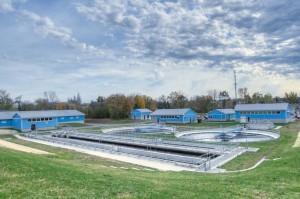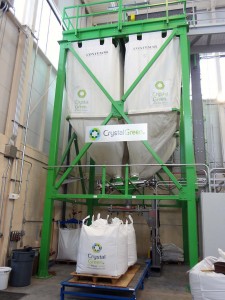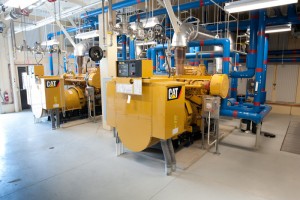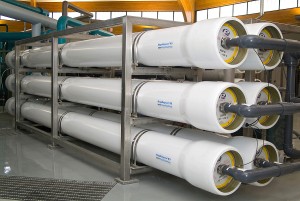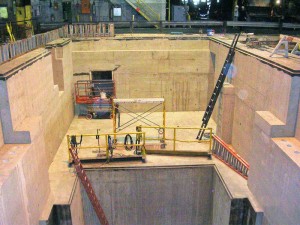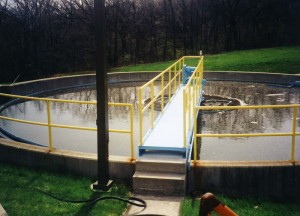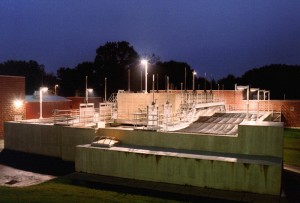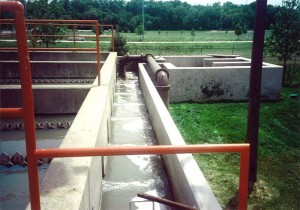Innovation
As our name implies, ATI is widely recognized for its ability to properly apply the latest industry innovations where they can provide substantive benefit to our clients, such as those featured below. These solutions often transpire when our project teams collaborate and ideas flow freely between our various disciplines. Our engineers regularly attend meetings and conferences, write papers, make presentations, and serve on boards for top industry associations to stay abreast of industry developments.
- The Antioch wastewater treatment plant (WWTP) in Illinois included one of the first biological nutrient removal systems in the state. The system is operating and providing real savings in energy and chemical costs.
- The award-winning Eleventh Addition to the Madison MSD Nine Springs WWTP in Wisconsin utilizes an Ostara process system with its sludge handling system. The Ostara system helps control the formation of struvite crystals that can block piping and provides a phosphorus product that is suitable for sale in the fertilizer market. The project was completed $7 million under budget.
- Kraft Foods pumps its high strength cheese waste to a pretreatment system at the City of Beaver Dam WWTP in Wisconsin. The waste generates biogas that the City uses to power its generators. The remaining biogas is sold back to the energy utility. This system was designed in only three months in order to obtain a $10 million federal stimulus grant.
- Waupun Utilities in Wisconsin replaced its aging lime softening system with the State’s first reverse osmosis system.
- ATI designed roof modifications and deck framing to assist the Ladish Company in placing the world’s largest isothermal press, weighing 2.5 million pounds, into a 35 foot pit in an existing building.
- The Santa Fe WWTP in Woodbridge, Illinois included the first ultraviolet light disinfection system in the State.
- The Freeport WWTP in Illinois featured the first upflow submerged media biologically aerated filter for ammonia removal.
